From floor-skimming skirts to skimpy bikini bottoms: A timeline of sexism in Olympics fashion
The sexualisation of women’s bodies has been evident throughout Olympics history, Saman Javed discovers


Your support helps us to tell the story
From reproductive rights to climate change to Big Tech, The Independent is on the ground when the story is developing. Whether it's investigating the financials of Elon Musk's pro-Trump PAC or producing our latest documentary, 'The A Word', which shines a light on the American women fighting for reproductive rights, we know how important it is to parse out the facts from the messaging.
At such a critical moment in US history, we need reporters on the ground. Your donation allows us to keep sending journalists to speak to both sides of the story.
The Independent is trusted by Americans across the entire political spectrum. And unlike many other quality news outlets, we choose not to lock Americans out of our reporting and analysis with paywalls. We believe quality journalism should be available to everyone, paid for by those who can afford it.
Your support makes all the difference.This week, Norway’s women’s beach handball team was fined £1,300 for wearing shorts instead of bikini bottoms during a European Championship match against Spain. The European Handball Federation (EHF), which handed down the fine, deemed their attire “improper clothing” which is “not according to the Athlete Uniform Regulations defined in the IHF beach handball rules of the game”.
The EHF has received widespread backlash for its decision. The team’s captain, Katinka Haltvik, told Norwegian broadcaster NRK that the rule is “embarrassing” while the country’s Handball Federation commended the women for “raising their voices and announcing enough is enough”.
There is a stark difference between what men and women are allowed to wear under the international handball rules. While men wear vest tops and shorts, women must wear bikini bottoms “with a close fit and cut on an upward angle towards the top of the leg”.
Although beach handball will not be played at the Olympics, women competing in beach volleyball will have to follow similar rules, with men being given the option to wear loose tank tops and shorts, while all four of the options for women are figure-hugging.
While the early days of the Olympics dictated that women must cover as much of their bodies as possible, as not to cause a distraction to men, the scale has since shifted to the opposite end of the spectrum, with outfits in recent years overtly sexualising women’s bodies.
As the Tokyo Olympics opening ceremony gets underway Friday, we’ve compiled a timeline of occasions when women were confronted with sexism at the global sporting event, and whether, if at all, any improvements have been made.
1900: ‘Distracting’ female bodies
Women were allowed to participate in the Olympics for the first time in 1900, when the tournament took place in Paris, France. The 22 women made up just 2 per cent of all athletes and were only invited to compete in five sports: tennis, sailing, croquet, golf and horseback riding. The 997 men were allowed to compete in all 20 sports.
David Goldblatt, author of The Games: A Global History of the Olympics, told Fast Company that personal correspondence between the organisers of the games showed that they were “revolted by the presence of women, even though they had to give in and allow them to participate”.
The main concern was that women’s bodies when playing sport would serve as a distraction to male athletes. In a bid to overcome this, women were forced to wear ankle-length dresses with long sleeves and high necks.
British tennis player Charlotte Cooper Sterry became the first female Olympics tennis champion that summer, winning both the singles and mixed doubles tennis competitions.
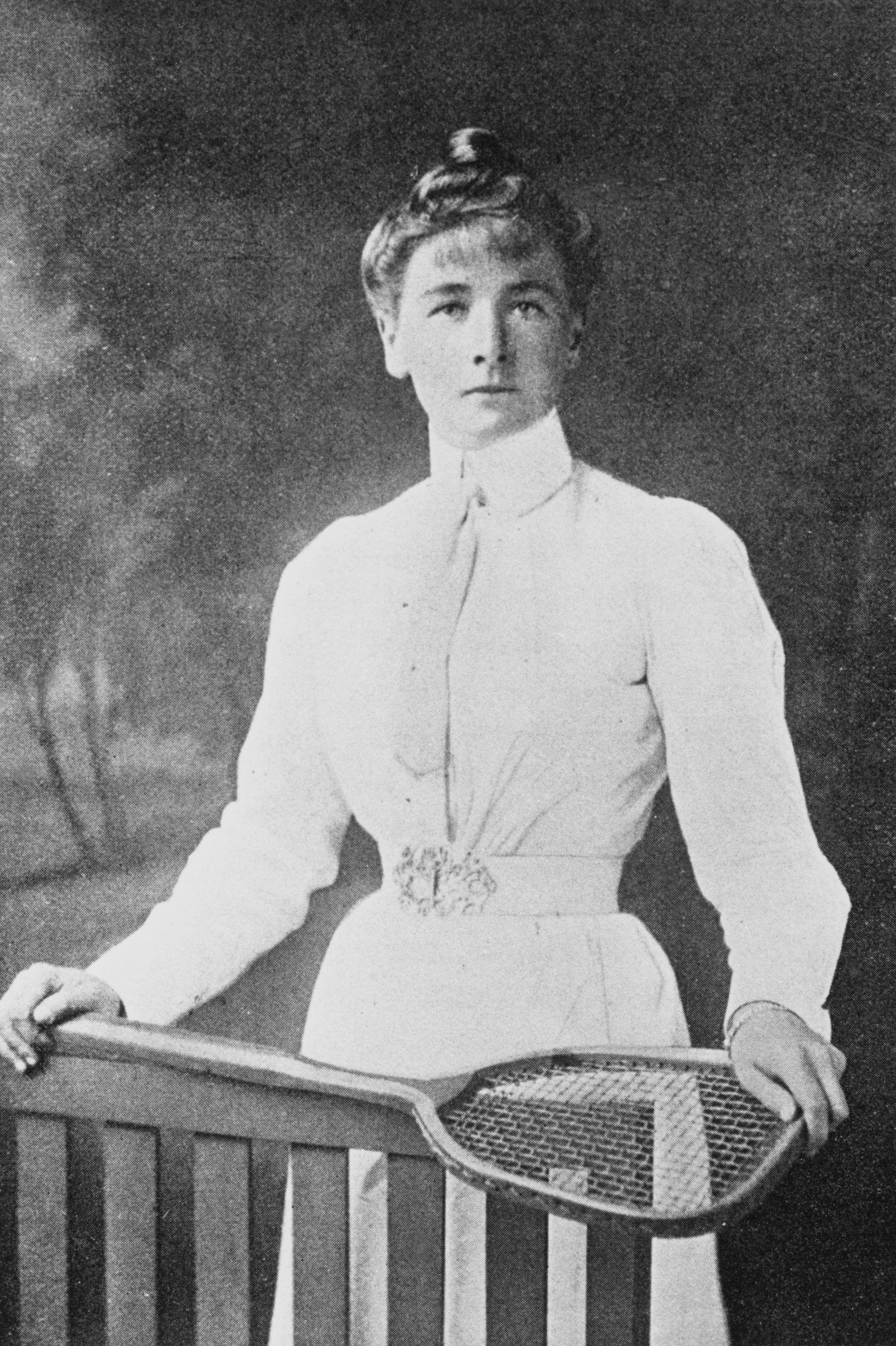
1908: Legs out, still modest
Almost a decade later, at the 1908 Olympics in London, women could now show the bottom half of their legs, but uniforms were still extremely modest.
Pictures of Danish gymnasts show them in bloomers, with full-sleeved, crew-neck blouses. The uniforms were a far cry from current regulations, which state that all athletes, both men and women, must wear form-fitting uniforms.
While women’s gymnastics teams attended the games, they were not actually allowed to compete.
Two men’s competitions took place, while women were invited to attend a non-competitive “display” event where they could display their skills.
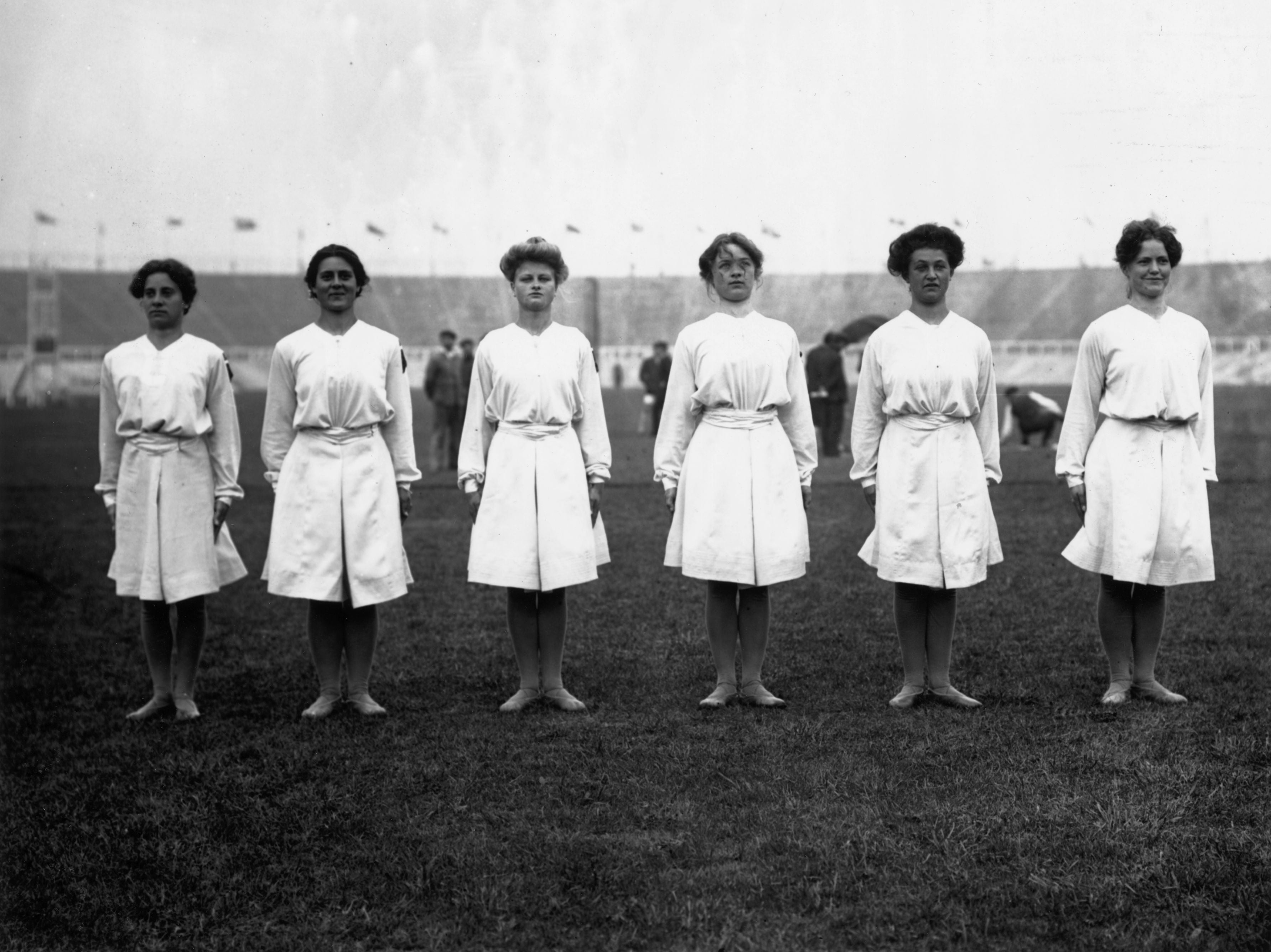
1912-1932: Women can swim
The 1912 Stockholm Olympics marked the first year that women were allowed to compete in swimming races.
At the time, women wore swimming costumes that resembled loose unitards, with thigh-length shorts and a tank top style upper body.
By the 1932 games in Los Angeles, US, costumes had become more streamlined and figure-fitting similar to the ones worn by athletes today.
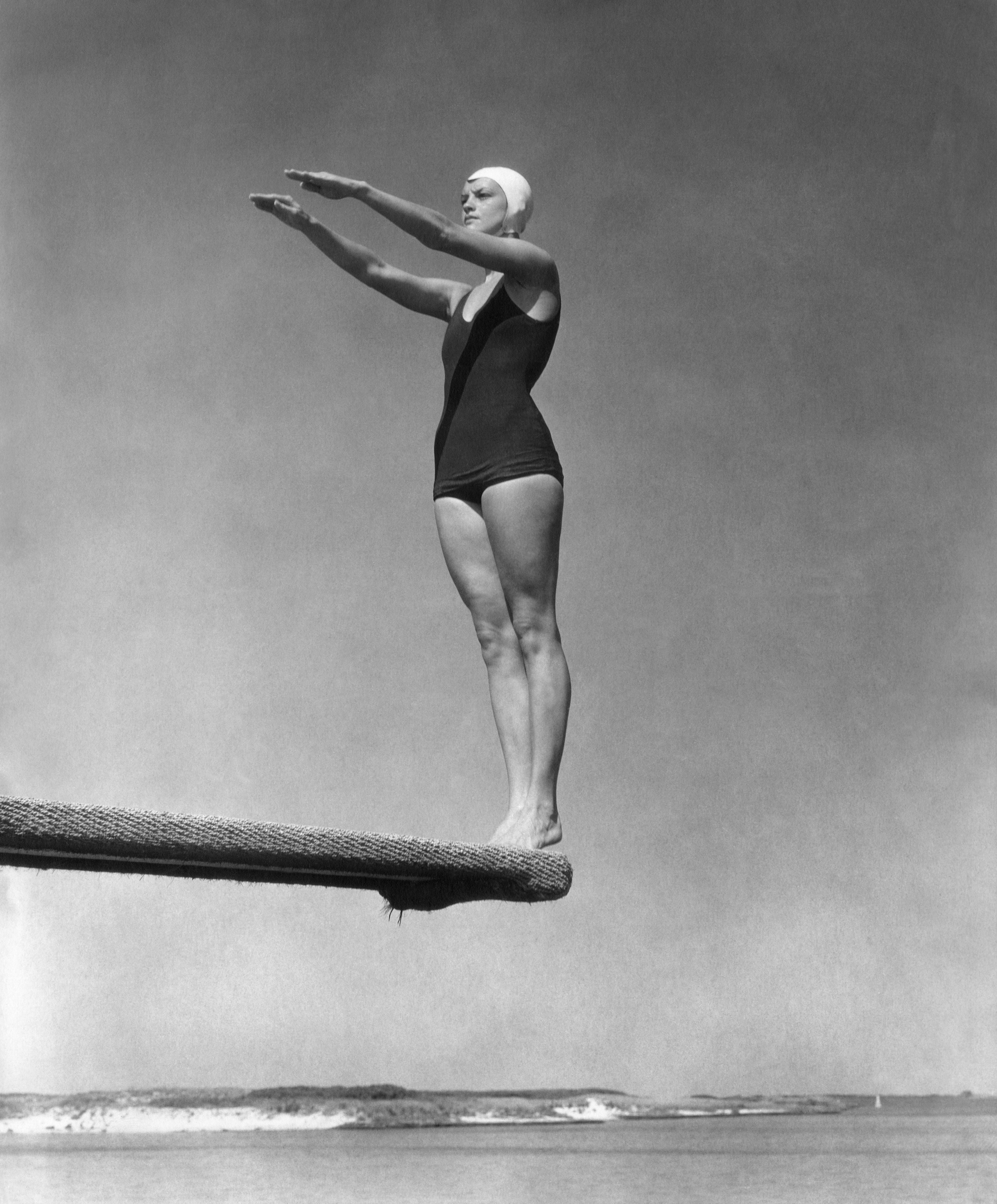
1964: Air hostesses
Opening ceremony outfits have taken inspiration from the military for decades. In 2012, Ralph Lauren debuted its Team USA Olympics uniform for the London Games, which featured military-inspired berets and sailor-style neckties. While all members of the USA team wore similar outfits, ensembles at previous opening ceremonies, such as the 1964 Tokyo games, pointed to the wider struggle for women’s equality.
Men’s outfits were often inspired by the military because historically, many of the athletes were former army members, Goldblatt told Fast Company.
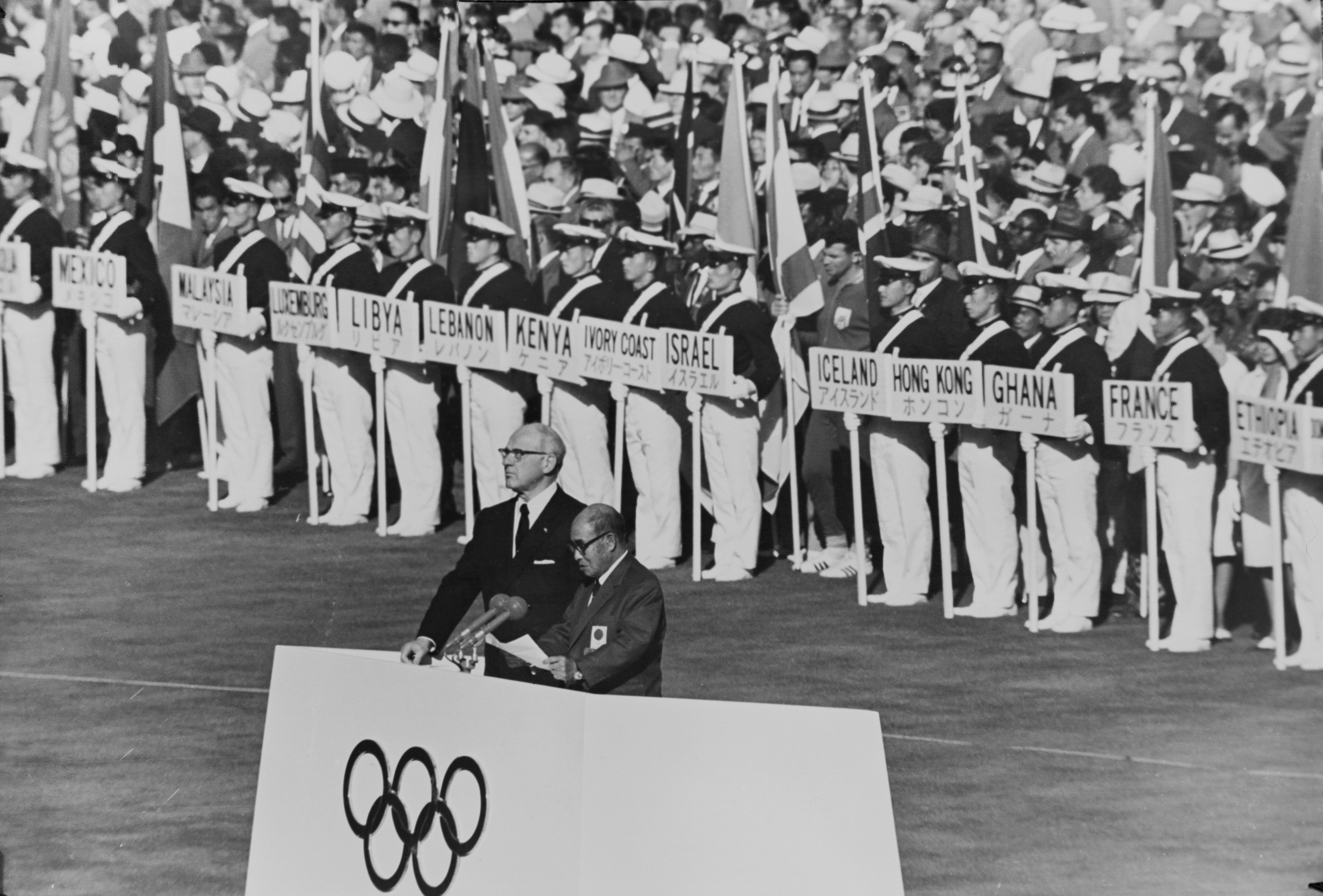
“Soldiers had a real advantage. Who else had time to practice to compete, without getting any compensation? So the men were often in these absurd blazers and hats, marching like they would in the army,” he said.
Women, on the other hand, were seen in a white co-ord and matching hat, resembling uniform worn by female air stewards. This disparity in outfits was telling, given that “women had to prove, over and over, that they were strong enough to compete in each event,” Goldblatt said.
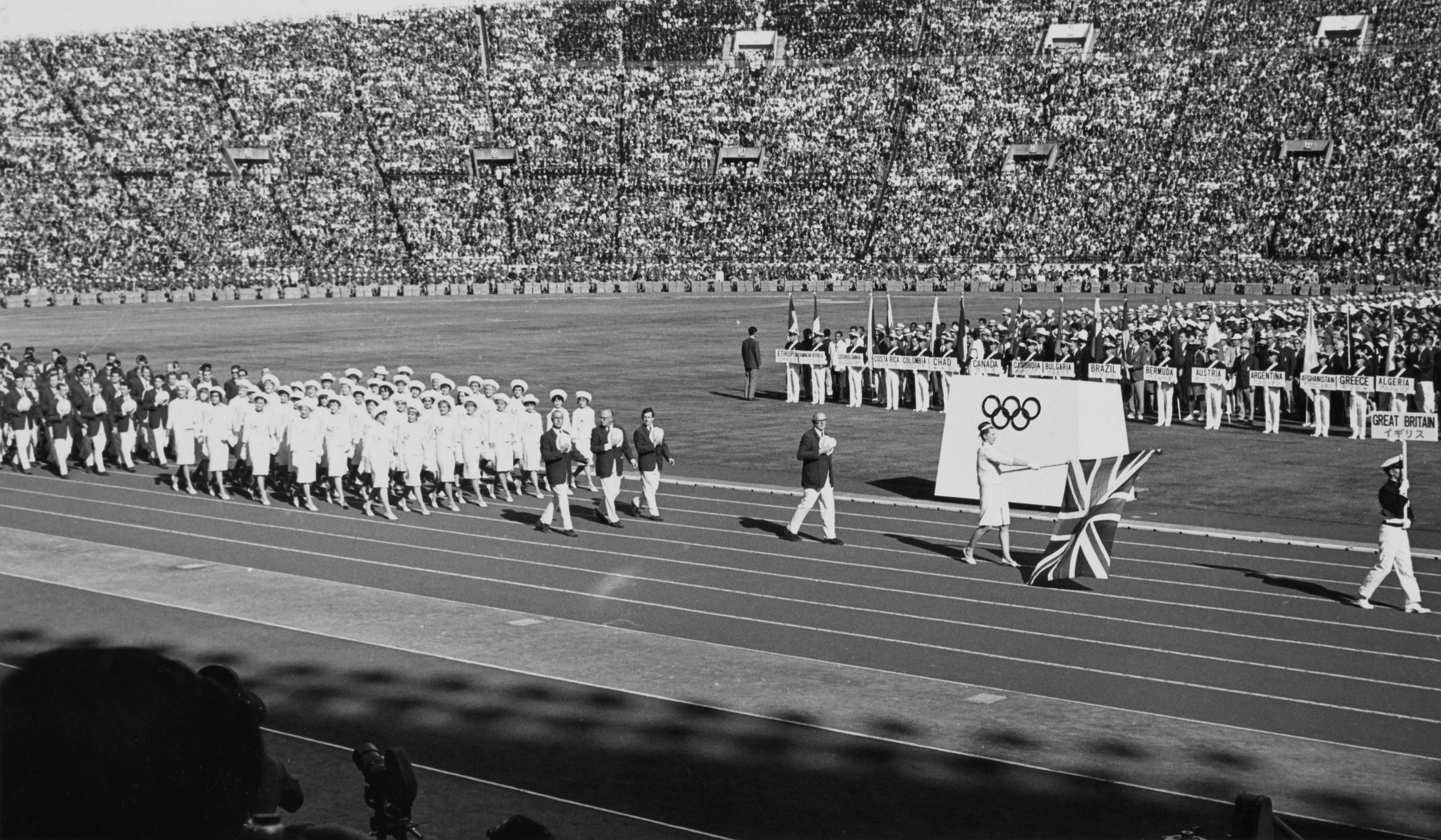
1996-2012: ‘Semi-naked women playing beach volleyball’
When beach volleyball was introduced at the Olympic games in the US, female athletes had to wear starkly different uniforms to their male counterparts. While men were pictured playing the sport in loose tank tops and shorts, women’s teams had two wear two-piece swimsuits, with the bottoms coming up high on the side of either thigh.

The uniform was updated ahead of the London Olympics in 2012 when the International Volleyball Federation added three more options to reflect players’ religious or cultural beliefs.
It was the same year that Boris Johnson, who was mayor of London at the time, published a column in The Telegraph on “20 reasons to feel cheerful about the Olympics”.
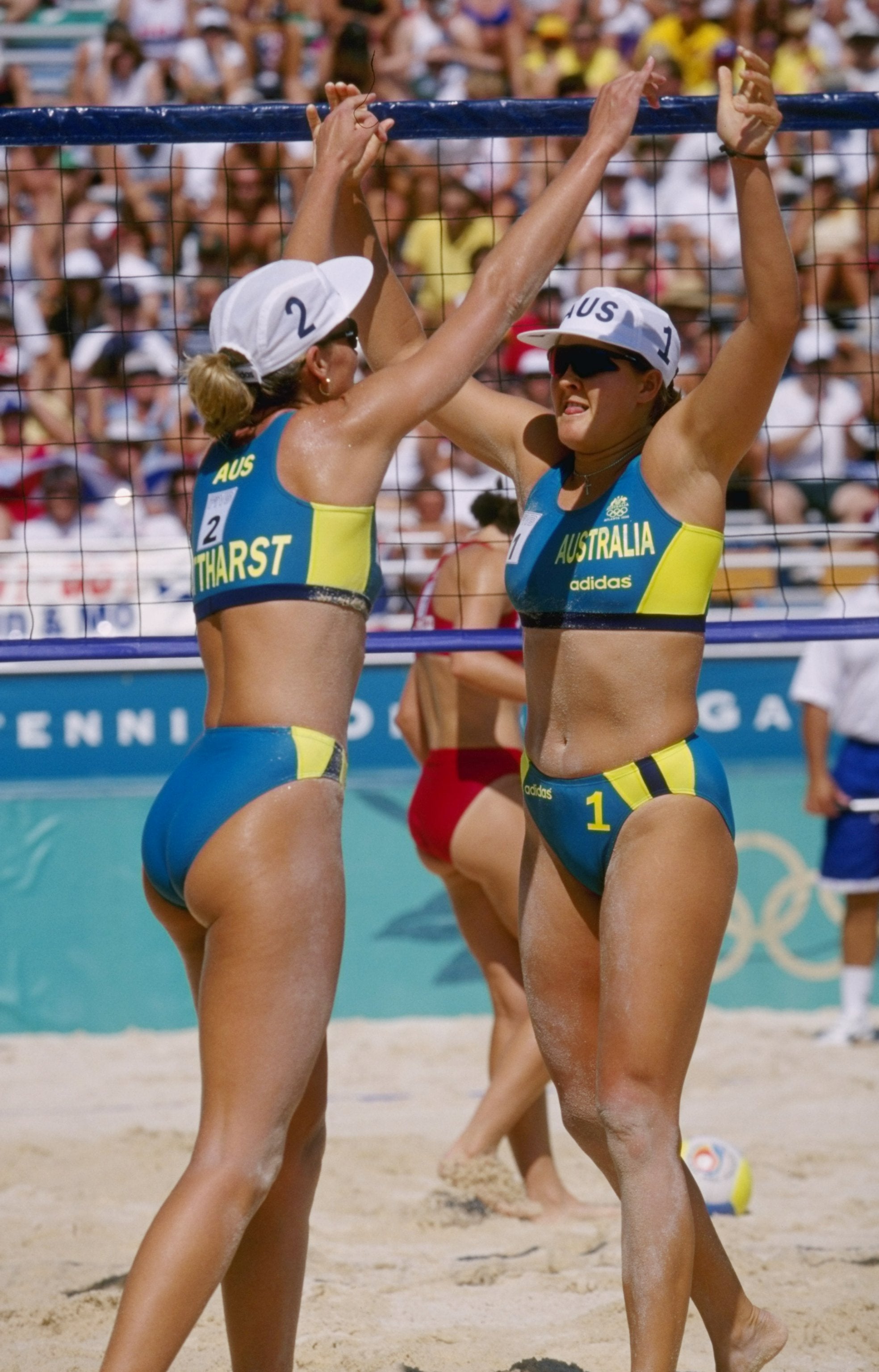
One of his reasons was the “semi-naked women playing beach volleyball”, according to Mail Online. “They are glistening like wet otters and the water is plashing off the brims of the spectators’ sou’westers. The whole thing is magnificent and bonkers,” he wrote.
Under the updated rules, women may now wear either a two-piece bikini, a one-piece swimming costume, or shorts with either a T-shirt or tank top. However, the briefs must still be “on an upward angle towards the top of the leg” and both shorts and tops must be “form-fitting”.
To find out what others are saying and join the conversation scroll down for the comments section or click here for our most commented on articles
2012-2021: Cover up, don’t cover up
Following the update to beach volleyball uniforms in 2012, women have begun to take a stand against the inherent sexism in different Olympics uniforms.
This week, British Paralympian Olivia Breen, who is set to compete in the Tokyo Olympics, told ESPN she felt “disgusted” after an England Athletics official told her that her briefs were too short.
“This official came up to me and said to me: ‘Can I speak to you?’ And she just said, ‘I think your briefs are too revealing. I think you should consider buying some shorts’,” Breen said.
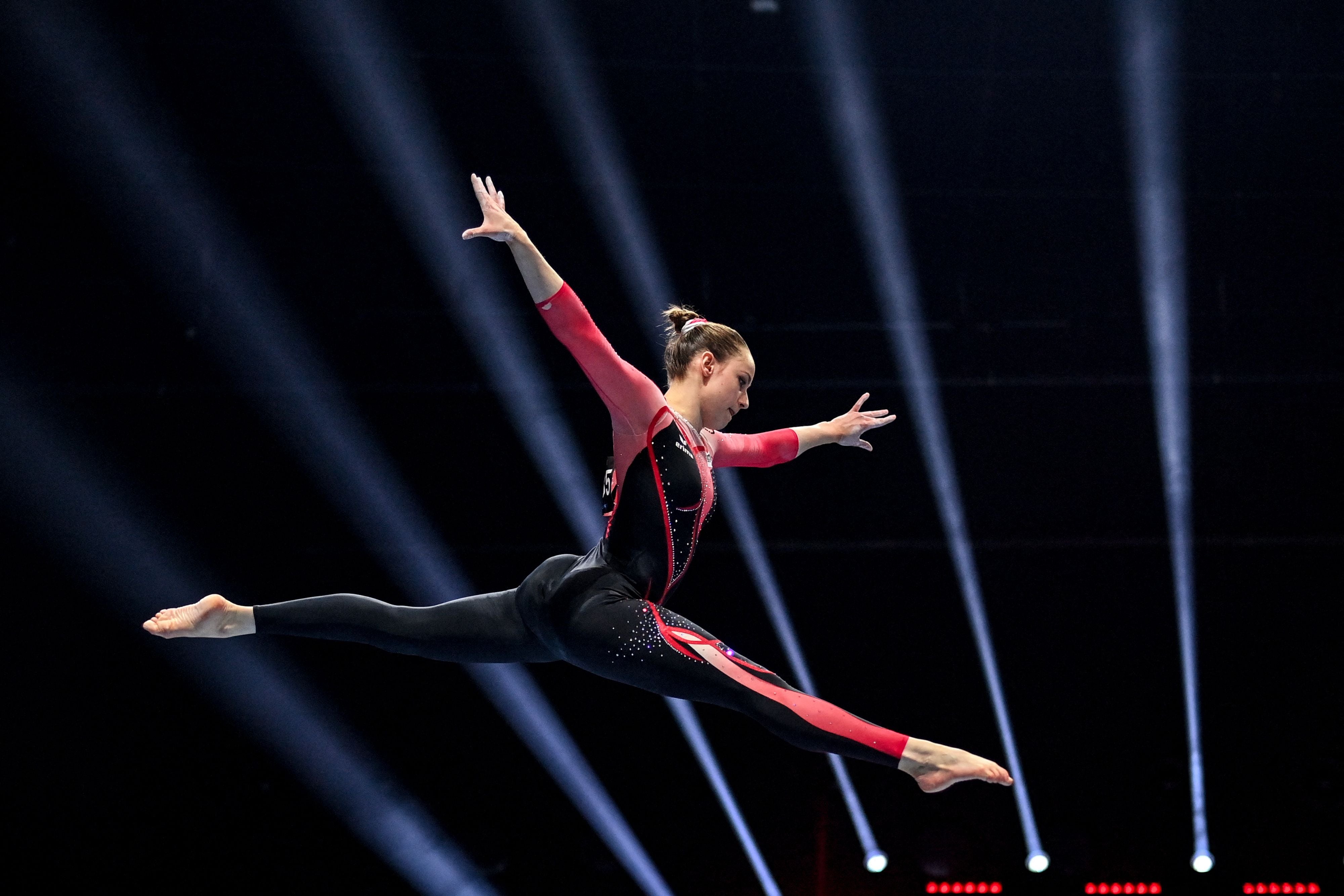
The athlete, who has cerebral palsy, said the comments have left her “gobsmacked”. “This is so wrong. We’re not living in the 18th century. Life has moved on,” she added.
Separately, on Thursday, Germany’s women’s gymnastics team unveiled long-legged unitards in a stand against “sexualisation in gymnastics”.
Forgoing the traditional bikini-cut unitards which have been worn by female gymnasts since the 1970s, the team will compete in a sleeveless, long-legged, purple and black unitard.
German team member Elisabeth Seitz said she hopes the unitard will inspire “all gymnasts who may feel uncomfortable or even sexualised in normal suits”.
“Because, in our opinion, every gymnast should be able to decide which type of suit she feels most comfortable in,” Seitz added.
Join our commenting forum
Join thought-provoking conversations, follow other Independent readers and see their replies
0Comments